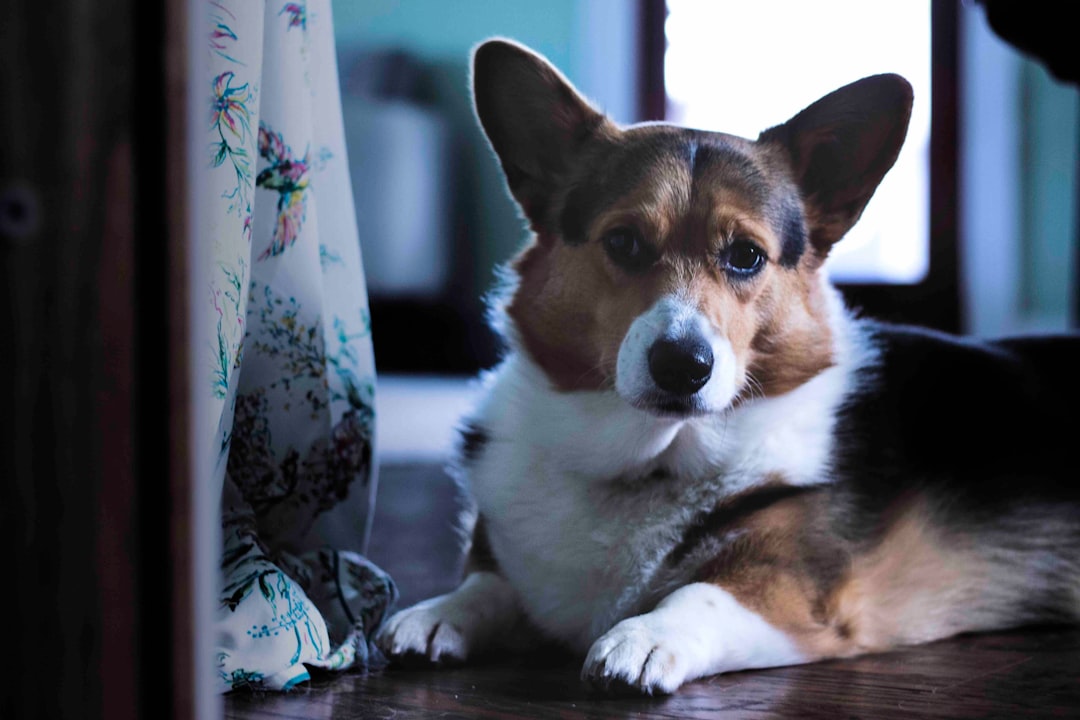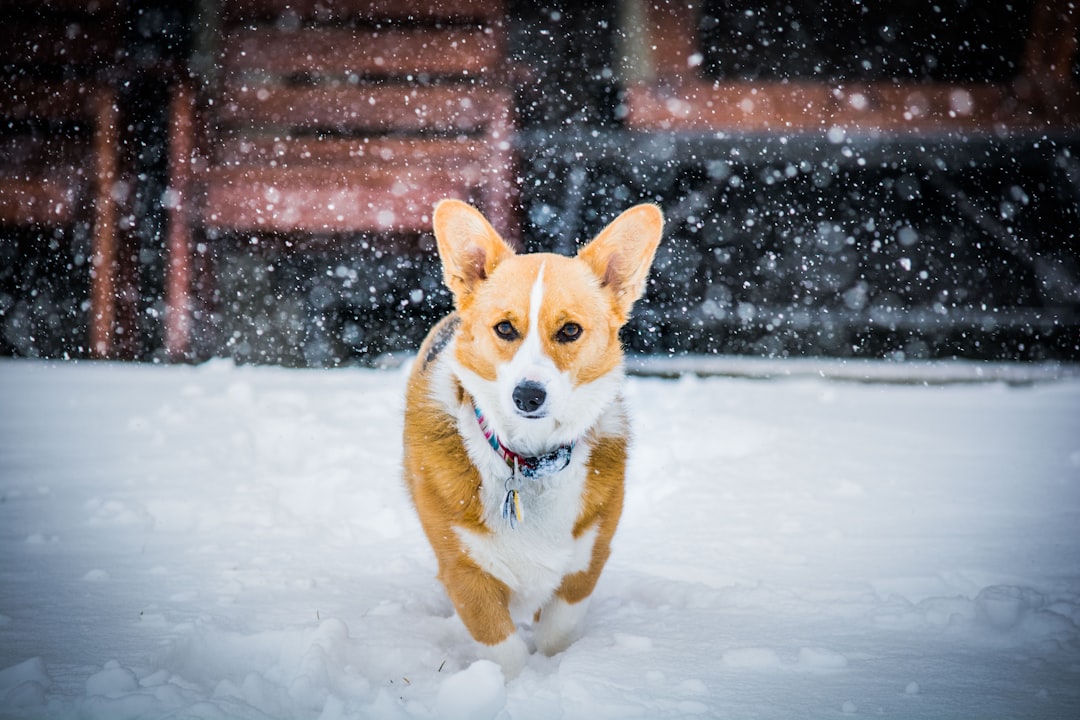Corgis Unleashed: The Historical Legacy and Modern Role of Herding Dogs
Corgis and Herding: Their Historical Role as Working Dogs – Learn about the rich history of Corgis as herding dogs, their journey from farm dogs to beloved companions, their unique characteristics and working abilities, their herding instincts and effectiveness, and their role as versatile working dogs and cherished family companions.
Corgis as Herding Dogs: Their Historical Significance
Corgis played a vital role in Welsh agriculture, where they were highly esteemed for their contributions as herding dogs. Their significance can be traced back to the 12th century when Flemish weavers brought these remarkable canines to Wales. Their primary responsibility was to assist in herding livestock, such as cattle and sheep, from one pasture to another, showcasing their exceptional herding instincts.
Furthermore, the herding duties of corgis extended beyond driving and guarding livestock. These diligent dogs also played a crucial role in protecting the herd from potential predators, thereby ensuring the safety and well-being of the animals under their care. Their innate ability to effectively navigate and manipulate the movements of different types of livestock, including sheep, cattle, and even poultry, illustrates the depth of their herding skills and adaptability in diverse farming environments. This historical significance highlights the integral part corgis played in the agricultural landscape of Wales, solidifying their reputation as invaluable working dogs with a rich herding heritage.
The Journey of Corgis: From Farm Dogs to Beloved Companions
Initially, corgis were indispensable farm dogs in Wales, contributing significantly to tasks such as herding, rodent control, and protecting livestock. However, their role evolved over time, and they became much more than just working dogs. The breed’s journey from farm dogs to beloved companions is marked by a fascinating transformation that has captivated dog enthusiasts worldwide.
One remarkable example of this transformation is seen in the role of the British royal family. With their endearing personalities and unwavering loyalty, corgis captured the hearts of the royal family, especially Queen Elizabeth II. The Queen’s affection for corgis not only elevated their status but also brought them into the spotlight, contributing to their widespread popularity as cherished pets. This relationship with the royal family not only solidified their position as beloved companions but also contributed to their iconic status, especially with the breed’s recognition by the Kennel Club and the establishment of dedicated organizations like the Pembroke Welsh Corgi Club of America.
Furthermore, the breed’s growth in popularity from 1968 to 2020, where they reached number 11 of 195 breeds, is a testament to their successful transition from working dogs to cherished pets. Their intelligence, adaptability, and suitability as family pets have played a pivotal role in this journey, making them ideal companions for families, senior citizens, and children. This historical evolution from farm dogs to beloved companions showcases the enduring appeal and versatility of corgis, solidifying their place as one of the most beloved dog breeds worldwide.
Pembroke and Cardigan Welsh Corgis: Unique Characteristics and Working Abilities
The Pembroke Welsh Corgi and the Cardigan Welsh Corgi are two distinct types within the corgi breed, each with unique characteristics and working abilities. The Pembroke Welsh Corgis, the more popular of the two, are recognized for their distinct coat colors and markings, which have contributed to their widespread appeal. This breed has gained significant attention due to its association with the British royal family, particularly Queen Elizabeth II’s fondness for them, which has elevated their popularity. On the other hand, the Cardigan Welsh Corgis, with a history that spans over 2,000 years, are not as widely favored, despite their rich historical significance as herding dogs in Wales.
Despite their contrasting popularity, both types of corgis share a deep-rooted herding instinct, a trait that has been ingrained in their genetic makeup over centuries. This instinct has made them invaluable working dogs, particularly in herding livestock. The herding abilities of both corgi types extend beyond their historical roles, as they continue to excel in various herding activities, showcasing their adaptability and working prowess. Furthermore, their active and intelligent nature makes them well-suited companions for a diverse range of individuals, including senior citizens and children, owing to their loyalty and affectionate disposition. This combination of unique characteristics and working abilities has cemented their status not only as herding dogs but also as cherished family pets, further enhancing their appeal and relevance in modern times.
 Corgis’ Herding Instincts and Effectiveness
Corgis’ Herding Instincts and Effectiveness
Corgis have a long history as herding dogs in Wales, where they were valued for their natural instincts and unique physical attributes. Brought to Wales by Flemish weavers during the 12th century, they were originally bred for herding cattle and sheep, driving them from pasture to pasture, to market, and for guarding and protecting the herd from predators. This historical significance has contributed to their effectiveness as herding dogs, allowing them to adapt to various working environments and showcase their versatility in herding a diverse range of animals, including sheep, cattle, goats, and even poultry.
One specific example of the corgi’s herding effectiveness is their skill in herding sheep, where their natural instincts and agility make them valuable assets on farms and ranches. Moreover, corgis are highly intelligent and possess a strong desire to please, allowing them to excel in herding tasks while adapting to the changing demands of modern working environments. Despite their historical role as skilled herding dogs, corgis have seamlessly transitioned to becoming cherished family companions, where their size, temperament, and intelligence make them ideal pets for individuals and families. This adaptability and versatility have solidified the corgi’s reputation not only as efficient working dogs but also as beloved companions in various settings, reflecting their enduring appeal and historical significance as herding dogs in Wales.
 Corgis as Versatile Working Dogs and Cherished Family Companions
Corgis as Versatile Working Dogs and Cherished Family Companions
Corgis’ historical significance as skilled herding dogs dates back to their origin as barnyard dogs and cattle herders, known for their exceptional herding abilities and unique physical attributes. Bred by Flemish weavers in the 12th century, Corgis were valued for their prowess in herding, rodent control, and protecting livestock, making them indispensable for farmers [3]. Their herding skills extend to a diverse range of animals, including sheep, cattle, goats, and even poultry, showcasing their versatility as herding dogs and their continued relevance as working animals.
In addition to their remarkable herding instincts, Corgis have seamlessly transitioned into modern working environments due to their adaptability and intelligence. Their small size, friendly temperament, and eagerness to please make them not only exceptional working dogs but also beloved family pets. Their high level of intelligence enables them to excel in various canine events such as agility and tracking, further highlighting their versatility and capabilities beyond their historical role as herding dogs. Moreover, organizations like the Pembroke Welsh Corgi Club of America play a crucial role in supporting the breed’s betterment through educational programs and by providing essential support for the AKC Canine Health Foundation, ensuring the continued well-being and development of Corgis as both working dogs and cherished companions.
Nutritional Needs and Care for Herding Corgis
Corgis, as herding dogs, have a rich history as skilled workers, valued for their natural instincts and unique physical attributes. From their early days as barnyard dogs and cattle herders, they have evolved to become cherished family pets while still excelling in their historical role as working dogs. The nutritional requirements of corgis as herding dogs are crucial for their well-being, considering their activity levels as working dogs, and they require a diet focused on essential vitamins and minerals to support their working abilities.
For example, corgis were originally bred to herd livestock, and their herding skills extend to a diverse range of animals, including sheep, cattle, goats, and even poultry. This showcases their versatility as herding dogs and emphasizes the need for a balanced diet that provides them with the energy and nutrients necessary to perform these tasks effectively. Furthermore, the careful socialization of corgis with livestock before starting herding training is paramount to reduce the risk of aggressive or fearful behavior and to ensure their successful role as herding dogs on farms.
In conclusion, the nutritional needs and care of herding corgis play a vital role in their overall well-being and effectiveness as working dogs. By understanding their historical significance and herding abilities, as well as providing them with the necessary nutrition and socialization, corgis can continue to thrive in their traditional role while also being valued and beloved family companions.

